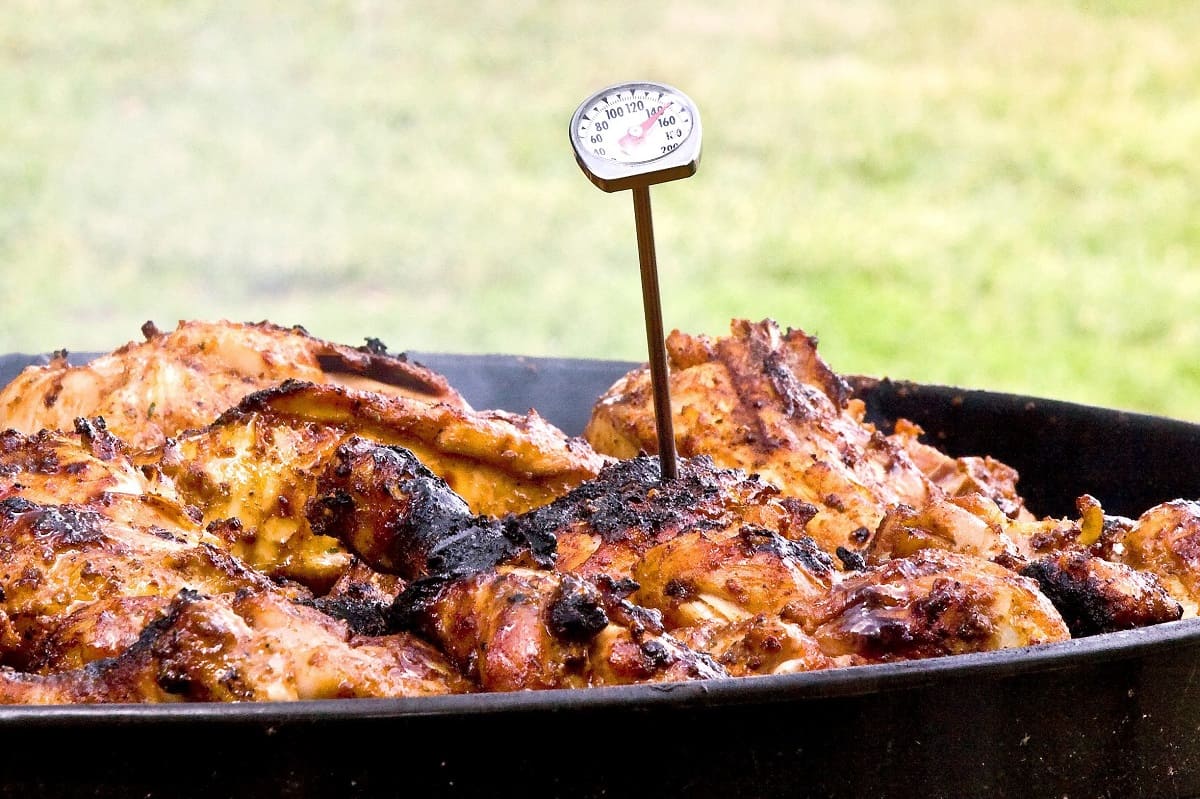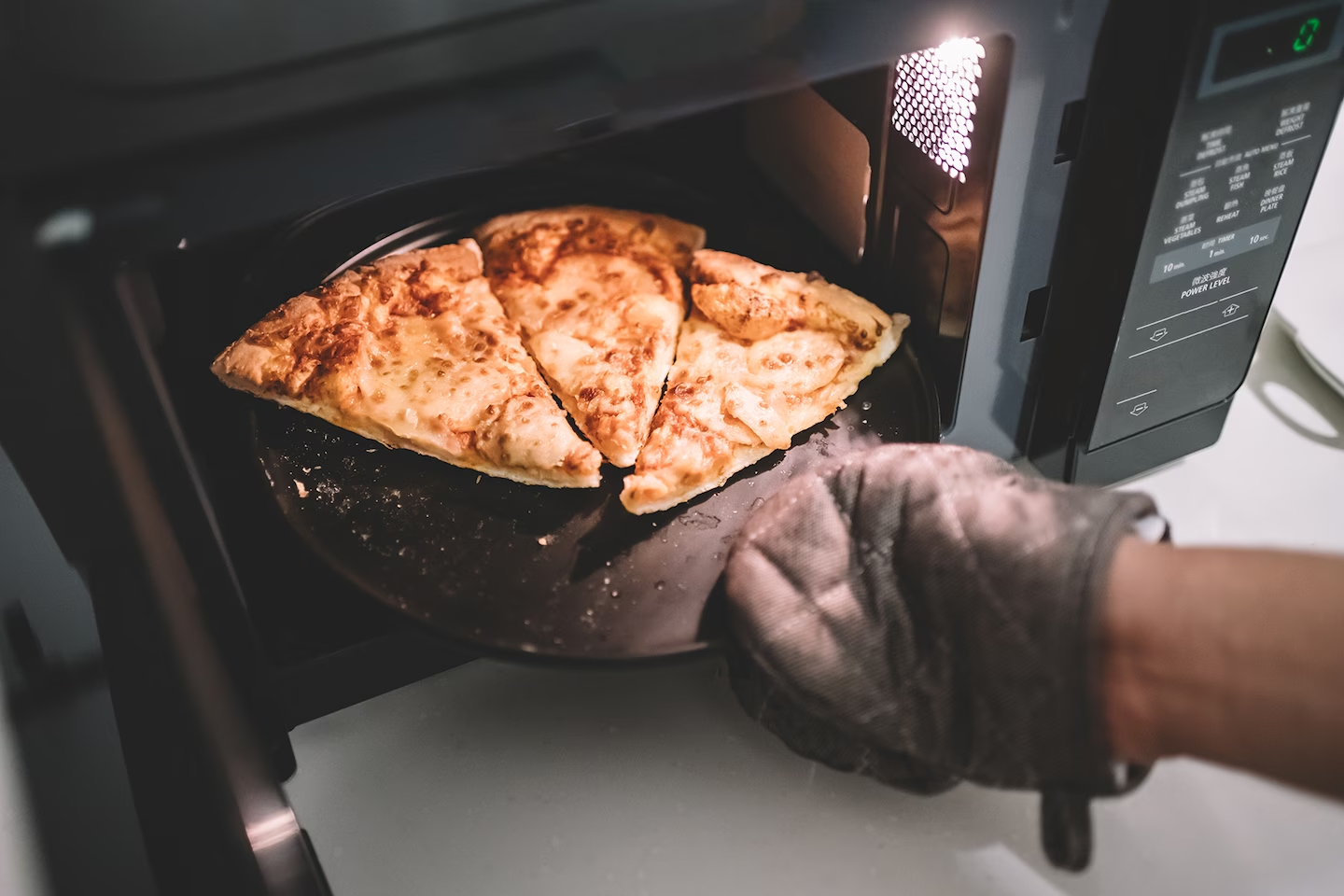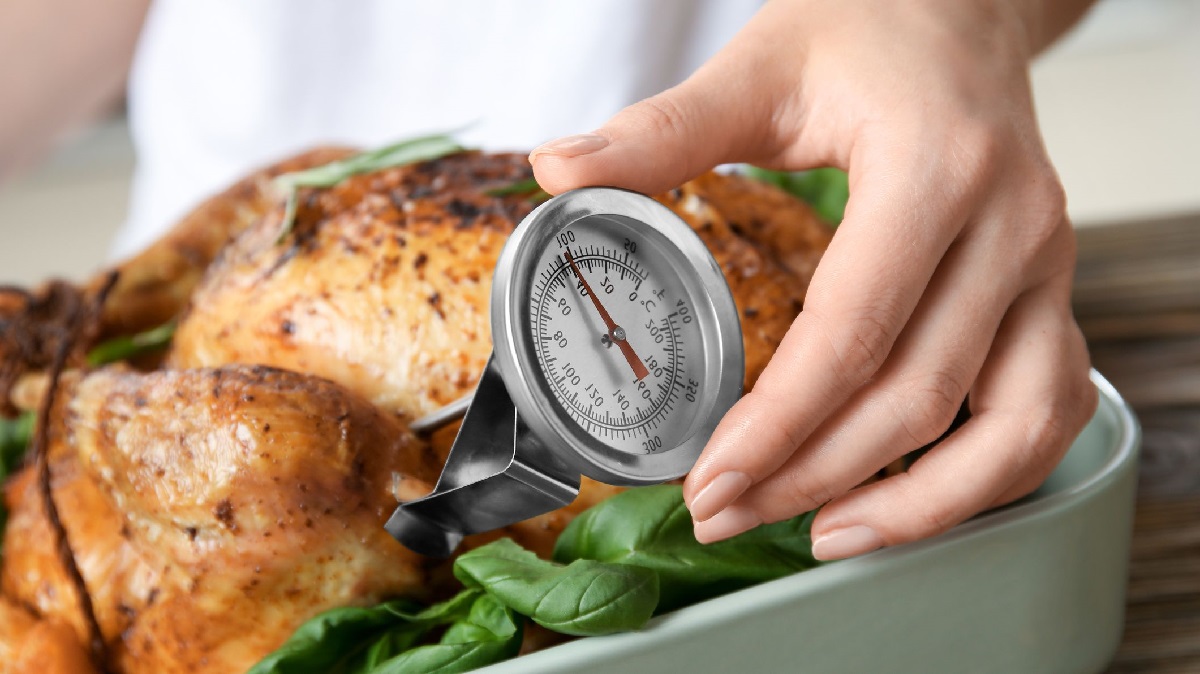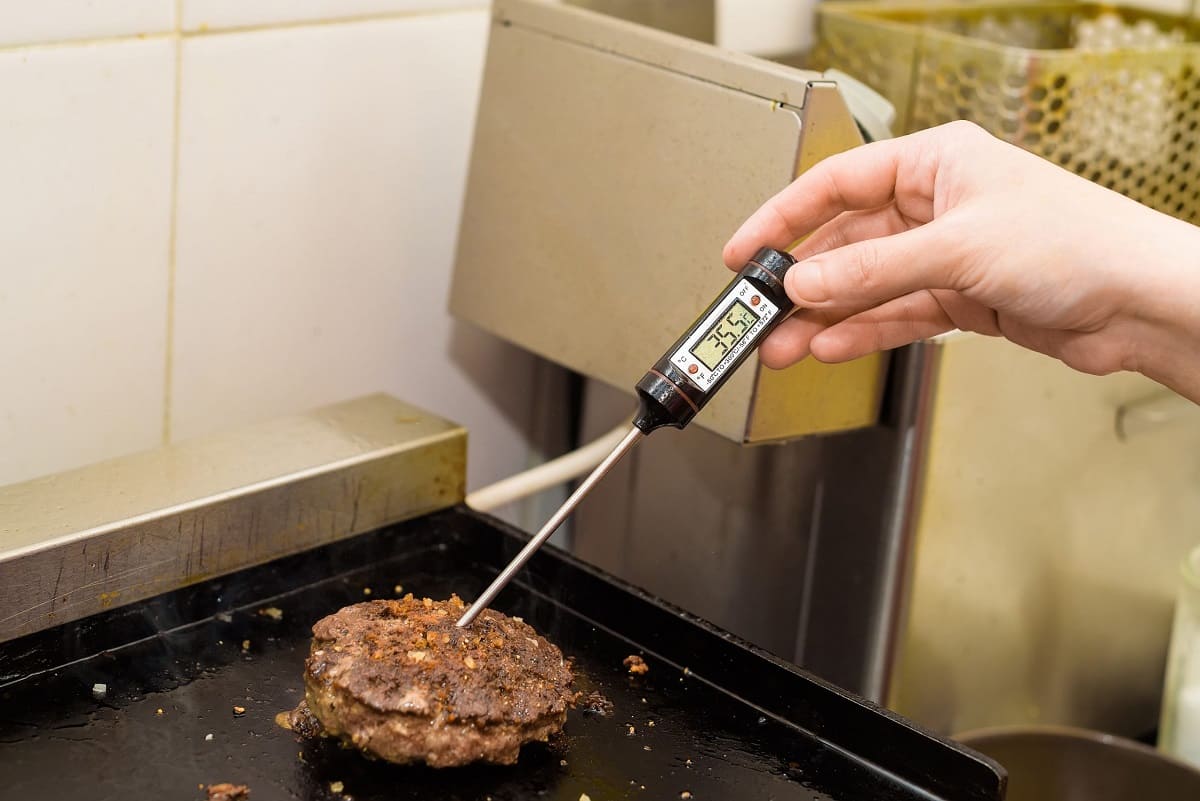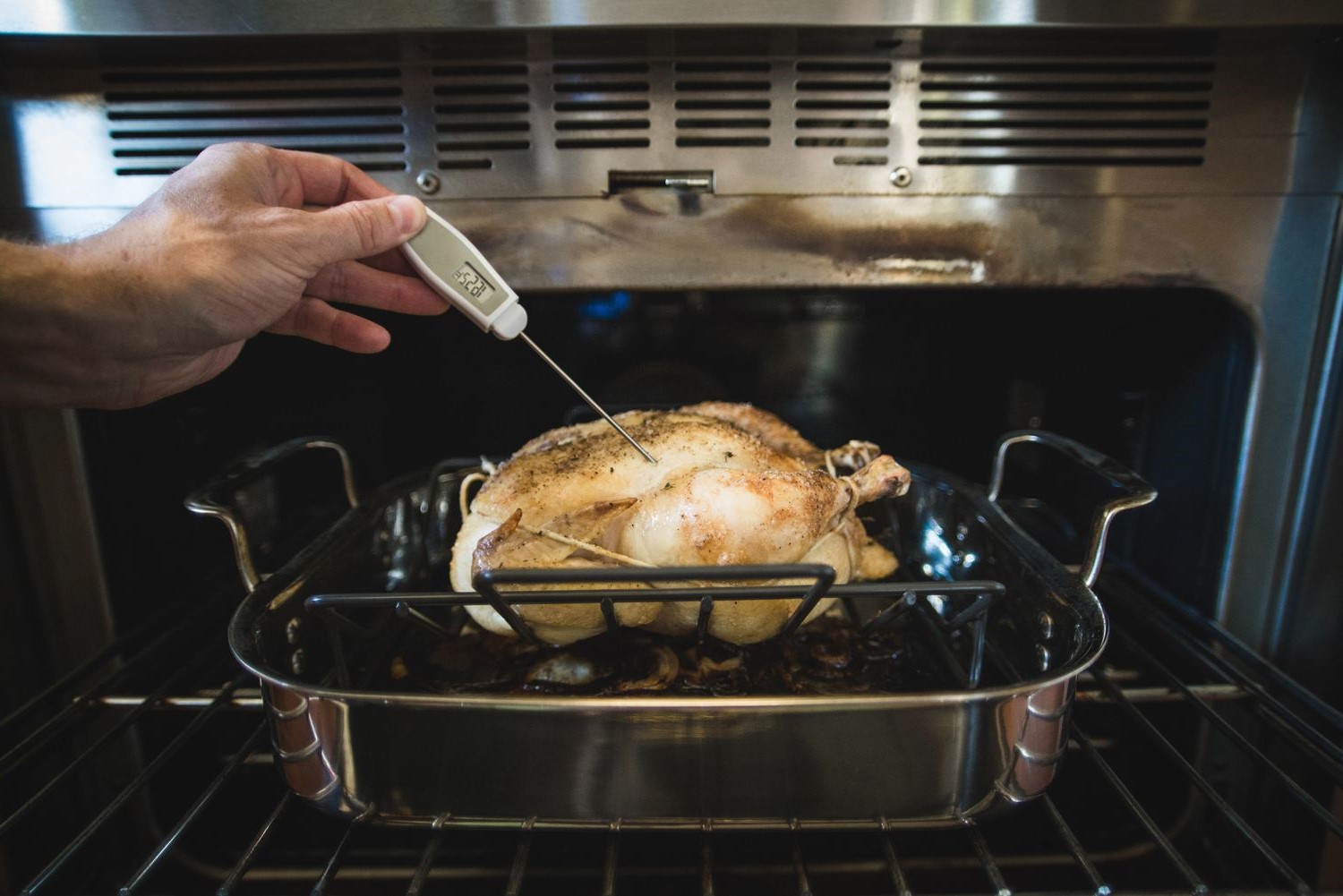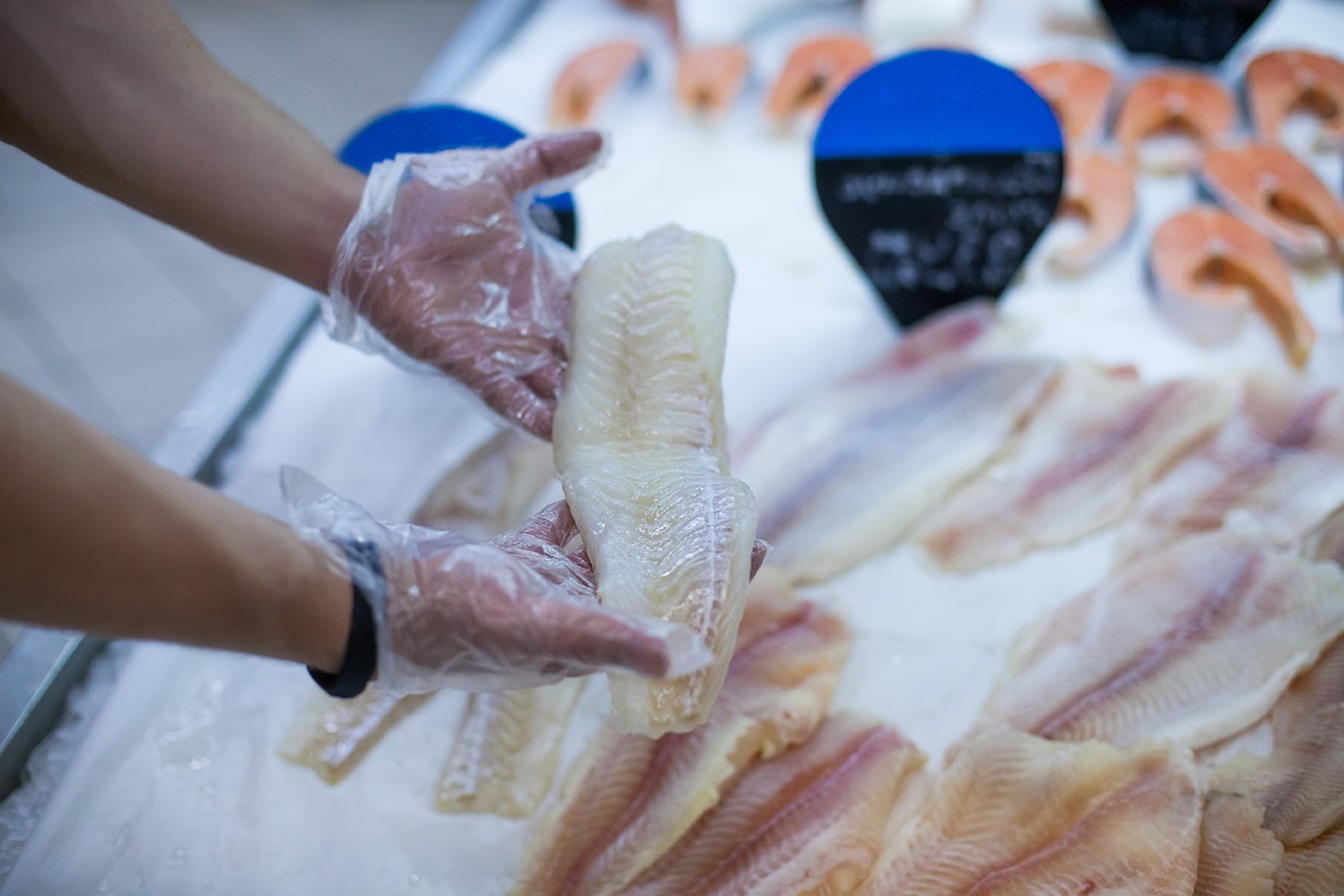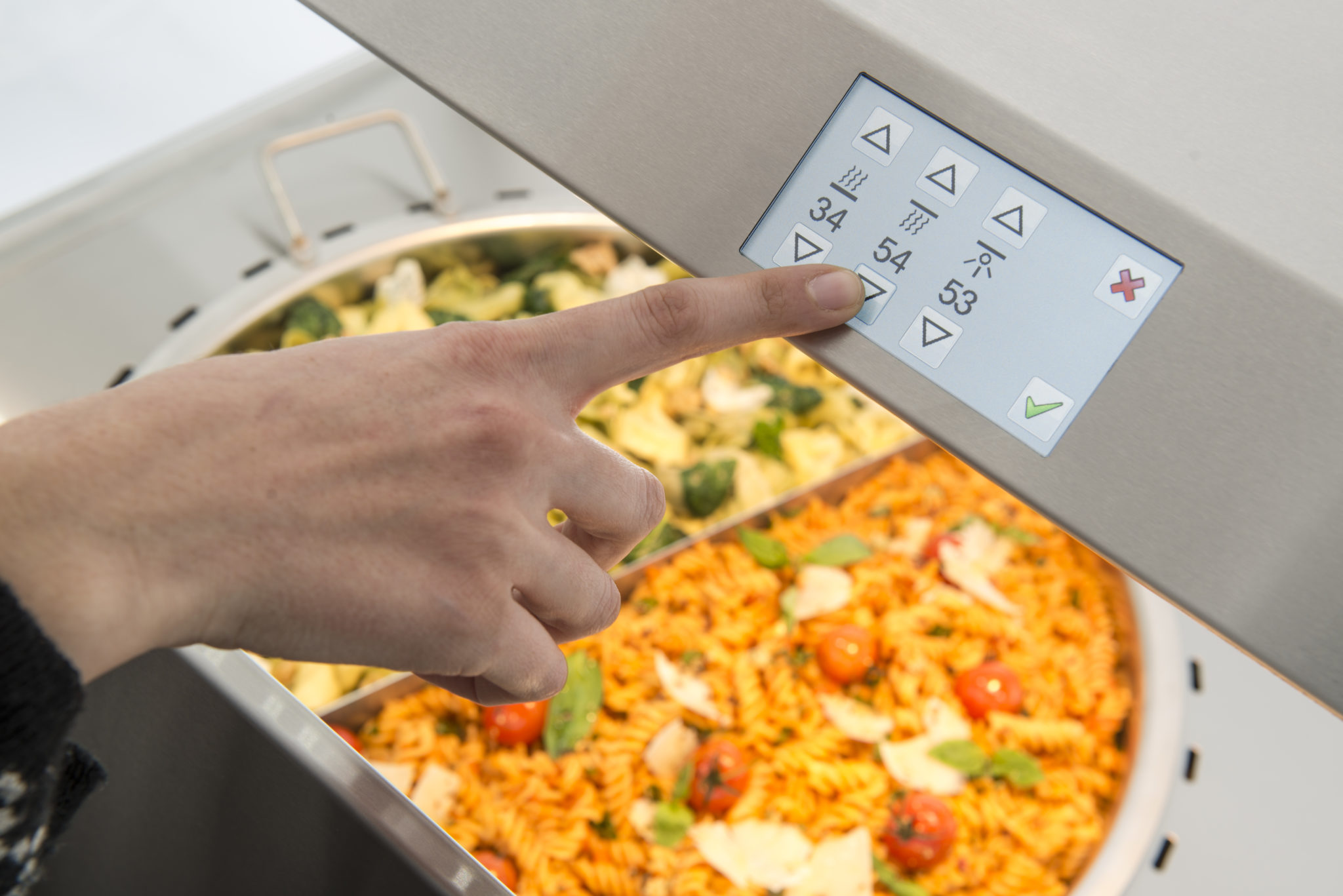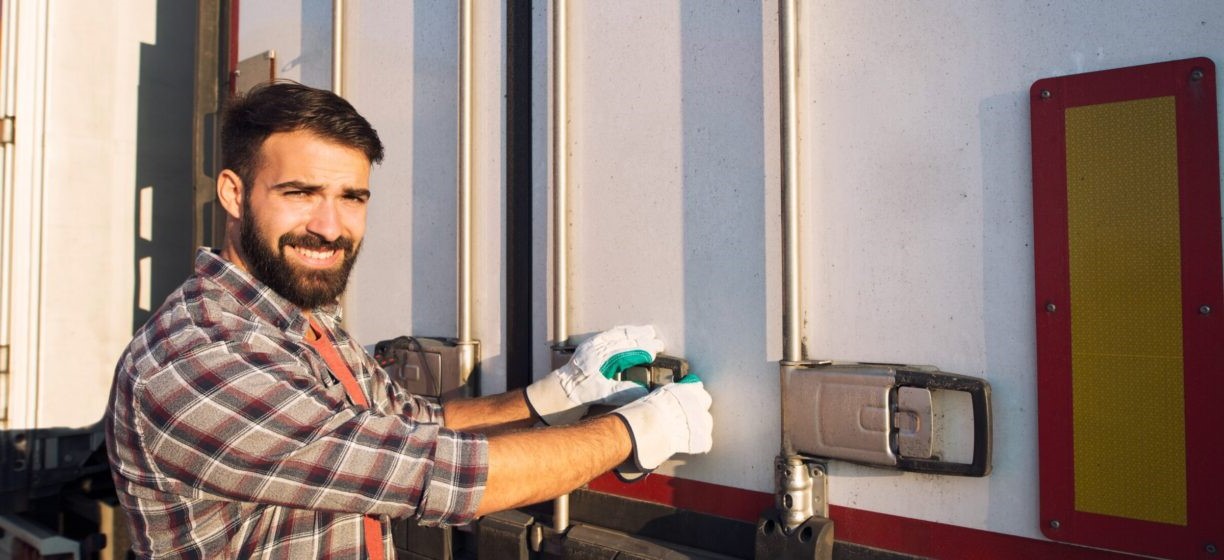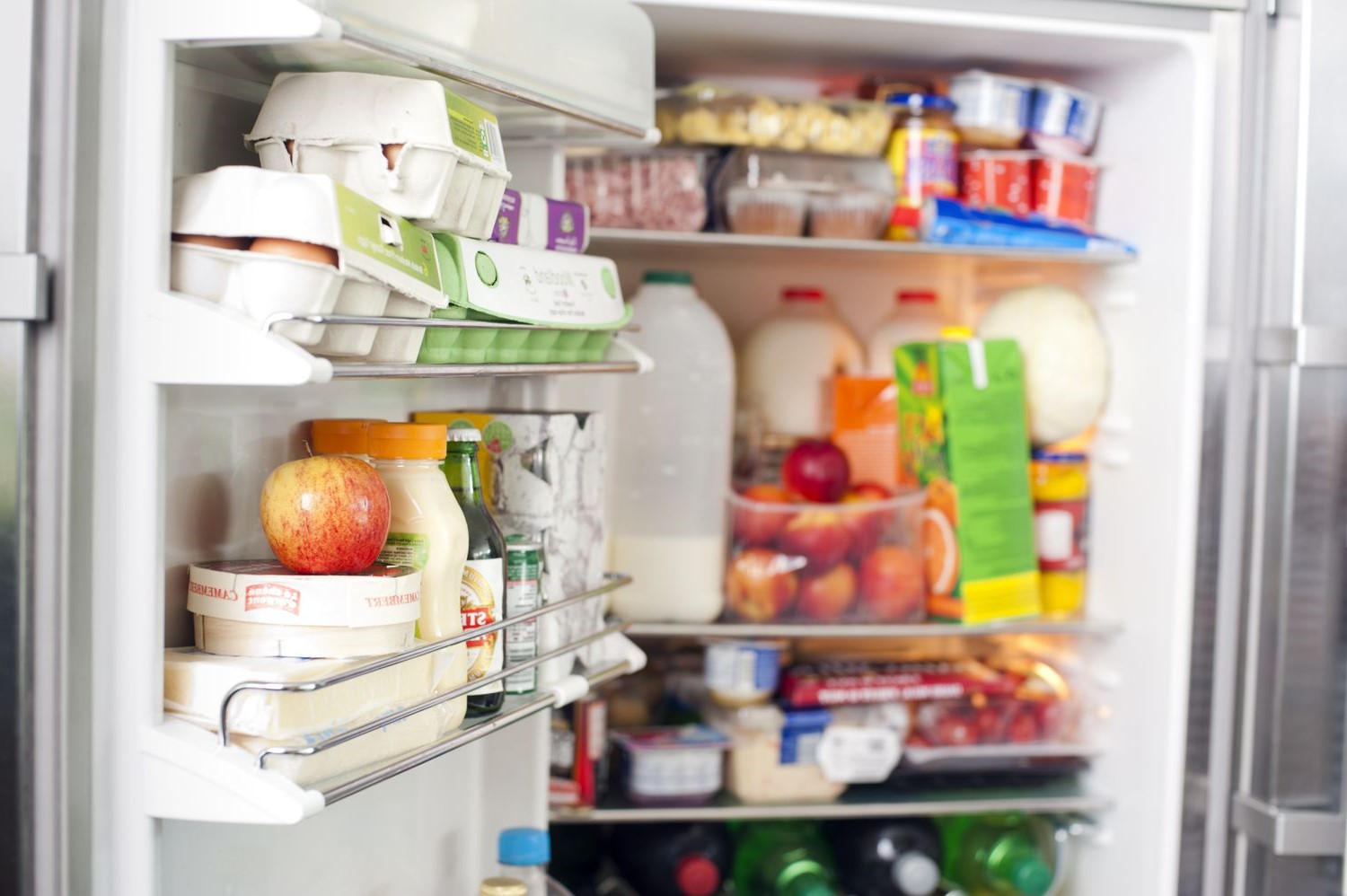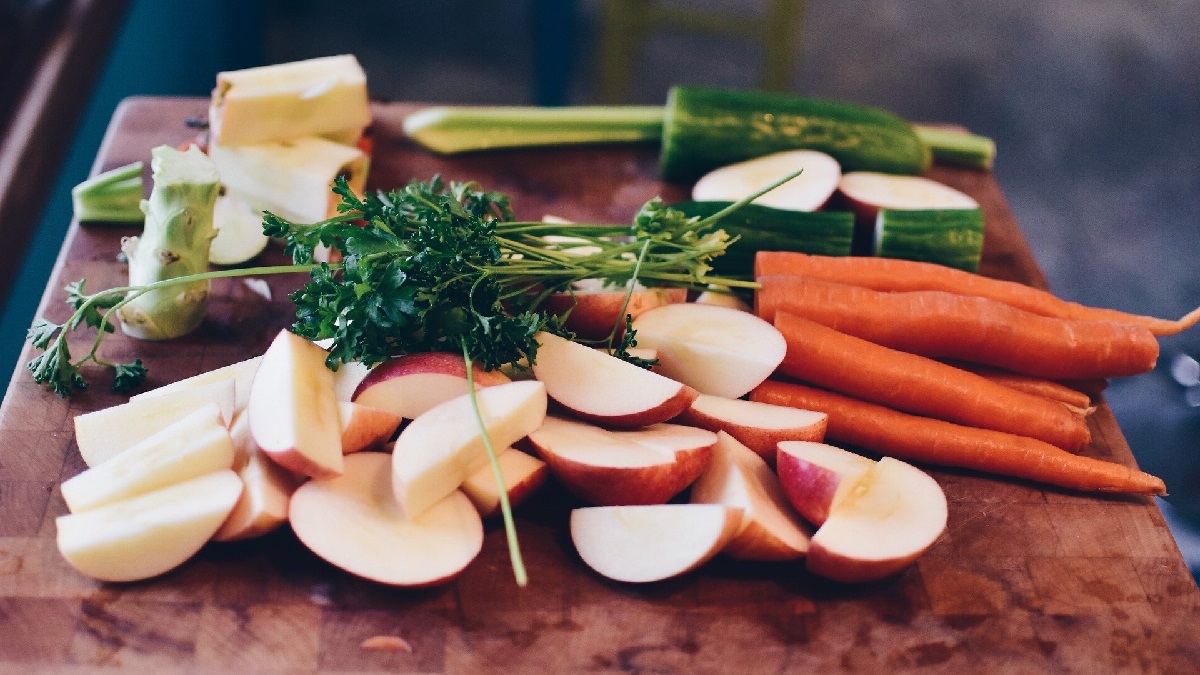Home>Home, Lifestyle & DIY>Pyrex: A Guide To Oven Safety
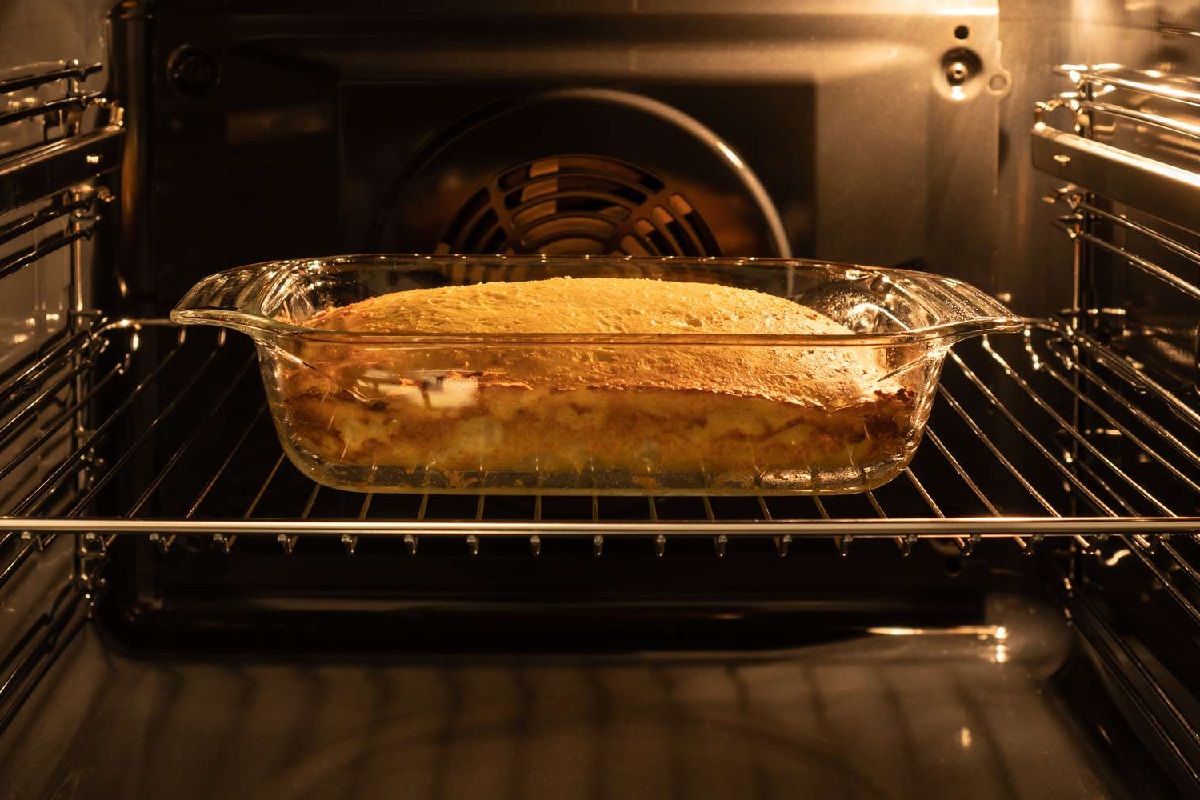

Home, Lifestyle & DIY
Pyrex: A Guide To Oven Safety
Published: February 22, 2024
Discover essential tips for using Pyrex safely in your home kitchen. Learn how to protect your family and prevent accidents with our expert guide. Ideal for home, lifestyle, and DIY enthusiasts.
(Many of the links in this article redirect to a specific reviewed product. Your purchase of these products through affiliate links helps to generate commission for Temperatures.com, at no extra cost. Learn more)
Table of Contents
Understanding Pyrex and Its Properties
Pyrex is a popular choice for kitchenware due to its durability, versatility, and ability to withstand high temperatures. Understanding the properties of Pyrex is essential for safe and effective use, particularly when it comes to using it in the oven.
-
Heat Resistance: Pyrex is made from borosilicate glass, which is known for its exceptional heat resistance. This type of glass can withstand rapid temperature changes, making it ideal for use in the oven. When properly manufactured and cared for, Pyrex can handle the high temperatures required for baking, roasting, and broiling without shattering or warping.
-
Thermal Expansion: One of the key properties of Pyrex is its low coefficient of thermal expansion. This means that it expands very little when exposed to heat, reducing the risk of cracking or breaking when subjected to sudden temperature changes. This property makes Pyrex a reliable choice for oven use, as it can move seamlessly from the refrigerator to a preheated oven without the risk of thermal shock.
-
Non-Porous Surface: Pyrex glass is non-porous, meaning it does not absorb food odors, flavors, or stains. This property makes it an excellent material for baking and roasting, as it ensures that the flavors of different dishes do not mix and that the glass remains easy to clean.
-
Transparency and Even Heating: The transparency of Pyrex allows for easy monitoring of the cooking process, while its ability to distribute heat evenly helps prevent hot spots and ensures consistent cooking results. This property is particularly advantageous when baking delicate pastries or roasting meats to perfection.
Understanding these properties is crucial for maximizing the benefits of Pyrex in the kitchen, especially when using it in the oven. By leveraging its heat resistance, thermal stability, non-porous nature, and even heating capabilities, home cooks can confidently prepare a wide range of dishes with Pyrex, knowing that it is designed to deliver reliable performance and exceptional results.
The Importance of Proper Handling and Care
Proper handling and care of Pyrex kitchenware are essential for ensuring its longevity, performance, and, most importantly, safety. Whether it's a classic glass baking dish, a versatile mixing bowl, or a convenient storage container, Pyrex products require careful attention to maintain their integrity, especially when used in the oven.
Maintaining Structural Integrity
When it comes to using Pyrex in the oven, it's crucial to handle the glassware with care to prevent damage. Even though Pyrex is designed to withstand high temperatures, it is not indestructible. Avoid subjecting Pyrex to sudden temperature changes, such as placing a cold dish directly into a hot oven or transferring a hot dish onto a cold surface. These abrupt shifts in temperature can compromise the structural integrity of the glass, leading to potential breakage or shattering.
Cleaning and Storage Practices
Proper cleaning and storage are equally important aspects of caring for Pyrex. After each use, allow Pyrex to cool before washing it with warm, soapy water. Avoid using abrasive cleaners or harsh scouring pads that can scratch the glass surface. Additionally, store Pyrex items carefully, ensuring they are not stacked too tightly, as this can increase the risk of chipping or breakage. Proper storage also involves avoiding direct contact with metal objects that could potentially cause damage.
Avoiding Thermal Shock
Thermal shock, which occurs when glass is exposed to sudden temperature changes, is a primary concern when using Pyrex in the oven. To prevent thermal shock, it's essential to follow specific guidelines, such as placing room temperature Pyrex in a preheated oven and avoiding placing hot Pyrex directly on a cold surface. Furthermore, when removing Pyrex from the oven, place it on a dry cloth or a trivet to minimize the risk of thermal stress.
Handling with Caution
When handling Pyrex in the kitchen, it's important to exercise caution to prevent accidental drops or impacts. While Pyrex is known for its durability, it is not immune to breakage if mishandled. Always use oven mitts or potholders when handling hot Pyrex, and avoid placing it on uneven or unstable surfaces that could lead to tipping or sliding.
By emphasizing proper handling and care, individuals can maximize the lifespan of their Pyrex kitchenware and ensure a safe and enjoyable cooking experience. These practices not only contribute to the longevity of Pyrex products but also promote a sense of confidence and security when using them in various culinary applications, particularly in the oven.
Tips for Using Pyrex in the Oven
When utilizing Pyrex in the oven, it's essential to follow specific guidelines to ensure safe and effective usage. Whether baking, roasting, or broiling, these tips can help maximize the performance of Pyrex kitchenware while promoting a seamless cooking experience.
1. Preheating and Temperature Adjustment
Before placing Pyrex in the oven, it's advisable to preheat the oven to the desired temperature. This allows the glassware to gradually adjust to the increasing heat, reducing the risk of thermal shock. Additionally, when transitioning from the refrigerator to the oven, it's crucial to allow Pyrex to reach room temperature to prevent sudden temperature changes that could compromise its integrity.
2. Proper Placement and Handling
When positioning Pyrex in the oven, ensure that it is placed on a stable and level surface to prevent accidental tipping or sliding. Avoid direct contact with heating elements or oven walls, as this can lead to uneven heating and potential damage to the glassware. Furthermore, always use oven mitts or potholders when handling hot Pyrex to prevent burns or accidental drops.
3. Avoiding Abrupt Temperature Changes
To safeguard Pyrex from thermal shock, refrain from exposing it to extreme temperature differentials. For example, avoid transferring a hot Pyrex dish directly onto a cold countertop or placing a chilled Pyrex item into a preheated oven. These precautions help maintain the structural integrity of the glass and minimize the risk of breakage.
4. Monitoring Cooking Progress
Utilize the transparency of Pyrex to monitor the cooking progress without the need to open the oven frequently. This not only helps conserve energy but also prevents rapid temperature fluctuations within the oven. Keeping the oven door closed as much as possible promotes consistent heating and optimal cooking results.
5. Cleaning and Maintenance
After using Pyrex in the oven, allow it to cool before cleaning it with mild dish soap and warm water. Avoid subjecting hot Pyrex to sudden temperature changes, such as rinsing it with cold water immediately after use. Additionally, inspect Pyrex regularly for any signs of damage, such as chips or cracks, and refrain from using compromised glassware in the oven.
By adhering to these tips, individuals can harness the full potential of Pyrex in the oven while prioritizing safety and performance. These practices not only contribute to the longevity of Pyrex kitchenware but also enhance the overall cooking experience, allowing for the preparation of delicious and satisfying meals with confidence and ease.
Common Mistakes to Avoid
When using Pyrex in the oven, certain common mistakes should be avoided to ensure the safety and longevity of the glassware. By steering clear of these pitfalls, individuals can optimize their cooking experience and preserve the integrity of their Pyrex kitchenware.
1. Sudden Temperature Changes
One of the most prevalent mistakes is subjecting Pyrex to sudden temperature differentials. This can occur when transferring a hot Pyrex dish directly onto a cold surface or placing a chilled Pyrex item into a preheated oven. These abrupt shifts in temperature can lead to thermal shock, potentially causing the glass to crack or shatter. To prevent this, it's crucial to allow Pyrex to adjust gradually to temperature changes, whether it's transitioning from the refrigerator to the oven or from the oven to the countertop.
2. Direct Contact with Heating Elements
Placing Pyrex in direct contact with heating elements or oven walls can result in uneven heating and potential damage to the glassware. This mistake can compromise the structural integrity of Pyrex and lead to unexpected breakage. To avoid this, ensure that Pyrex is positioned on a stable and level surface within the oven, away from direct contact with any heating elements.
3. Improper Cleaning Techniques
Using abrasive cleaners or harsh scouring pads when cleaning Pyrex can scratch the glass surface, compromising its clarity and structural strength over time. Additionally, subjecting hot Pyrex to sudden temperature changes, such as rinsing it with cold water immediately after use, can lead to thermal shock. It's essential to allow Pyrex to cool gradually before cleaning it with mild dish soap and warm water, preserving its integrity and minimizing the risk of damage.
4. Mishandling and Impact
Mishandling Pyrex, especially when hot, can lead to accidental drops or impacts, potentially resulting in breakage. Always use oven mitts or potholders when handling hot Pyrex, and avoid placing it on uneven or unstable surfaces that could lead to tipping or sliding. By exercising caution and handling Pyrex with care, the risk of accidental breakage can be significantly reduced.
5. Overcrowding the Oven
Overcrowding the oven with multiple Pyrex dishes can impede proper air circulation and heat distribution, leading to uneven cooking and potential thermal stress on the glassware. To avoid this, ensure that there is ample space between Pyrex items in the oven, allowing for optimal heat flow and consistent cooking results.
By steering clear of these common mistakes, individuals can safeguard their Pyrex kitchenware and enjoy the benefits of using it in the oven without compromising safety or performance. These proactive measures contribute to a positive cooking experience, allowing for the preparation of delicious meals with confidence and peace of mind.
Ensuring Oven Safety with Pyrex
When it comes to utilizing Pyrex in the oven, prioritizing safety is paramount to prevent potential hazards and maximize the longevity of the glassware. By adhering to specific safety measures and best practices, individuals can confidently harness the benefits of Pyrex for various cooking and baking endeavors while mitigating risks associated with oven use.
Temperature Precautions
Before placing Pyrex in the oven, it is crucial to ensure that the glassware has acclimated to the appropriate temperature. This involves allowing Pyrex to reach room temperature when transitioning from the refrigerator to the oven, as sudden temperature differentials can lead to thermal shock. Additionally, preheating the oven to the desired temperature before introducing Pyrex helps minimize the risk of thermal stress and ensures a gradual adjustment to the heat.
Proper Placement and Handling
Positioning Pyrex in the oven requires careful consideration to avoid potential safety hazards. It is essential to place Pyrex on a stable and level surface within the oven, away from direct contact with heating elements or oven walls. This not only promotes even heating but also reduces the likelihood of thermal stress on the glassware. Furthermore, using oven mitts or potholders when handling hot Pyrex is imperative to prevent burns and accidental drops.
Monitoring and Maintenance
Regular monitoring and maintenance of Pyrex kitchenware contribute to oven safety and overall performance. This involves inspecting Pyrex for any signs of damage, such as chips or cracks, before each use. Additionally, cleaning Pyrex with mild dish soap and warm water after oven use, while allowing it to cool gradually, helps preserve its structural integrity and minimizes the risk of thermal shock.
Avoiding Overcrowding and Abrupt Changes
Overcrowding the oven with multiple Pyrex dishes can impede proper air circulation and heat distribution, potentially leading to uneven cooking and thermal stress on the glassware. To ensure oven safety, it is advisable to allow sufficient space between Pyrex items in the oven, promoting optimal heat flow and consistent cooking results. Moreover, avoiding abrupt temperature changes, such as transferring hot Pyrex directly onto a cold surface, is essential to prevent thermal shock and maintain the integrity of the glassware.
By incorporating these safety measures into the use of Pyrex in the oven, individuals can create a secure and reliable cooking environment while enjoying the versatility and performance that Pyrex offers. Prioritizing oven safety with Pyrex not only safeguards against potential risks but also enhances the overall cooking experience, allowing for the preparation of delicious meals with confidence and peace of mind.
Conclusion: Enjoying Safe and Delicious Cooking with Pyrex
Embracing the use of Pyrex in the kitchen, particularly in the oven, opens up a world of culinary possibilities while prioritizing safety and reliability. By understanding the unique properties of Pyrex, such as its exceptional heat resistance, low coefficient of thermal expansion, non-porous surface, and even heating capabilities, individuals can confidently explore a diverse range of cooking and baking techniques with this versatile glassware.
Proper handling and care are fundamental aspects of maintaining the integrity of Pyrex kitchenware, ensuring its longevity and sustained performance. By exercising caution to prevent thermal shock, adopting gentle cleaning practices, and handling Pyrex with care, individuals can preserve the structural integrity of the glassware, promoting a sense of confidence and security in its use.
When using Pyrex in the oven, adhering to specific tips and best practices, such as preheating the oven, proper placement, and avoiding abrupt temperature changes, enhances the overall cooking experience. These measures not only contribute to the safety of Pyrex usage but also optimize its performance, allowing for the preparation of delicious and satisfying meals with ease.
Avoiding common mistakes, such as subjecting Pyrex to sudden temperature changes, direct contact with heating elements, improper cleaning techniques, mishandling, and overcrowding the oven, is essential for safeguarding the glassware and promoting a positive cooking environment. By steering clear of these pitfalls, individuals can harness the full potential of Pyrex in the oven while minimizing risks and ensuring consistent, reliable results.
Prioritizing oven safety with Pyrex involves adhering to specific temperature precautions, proper placement and handling, regular monitoring and maintenance, and avoiding overcrowding and abrupt temperature changes. By integrating these safety measures into the use of Pyrex in the oven, individuals can create a secure and reliable cooking environment while enjoying the versatility and performance that Pyrex offers.
In essence, Pyrex stands as a steadfast companion in the kitchen, empowering individuals to embark on culinary adventures with confidence and peace of mind. By embracing the unique properties of Pyrex, exercising proper handling and care, adhering to best practices, and prioritizing safety, individuals can savor the joy of safe and delicious cooking experiences with Pyrex, elevating their culinary endeavors to new heights.
